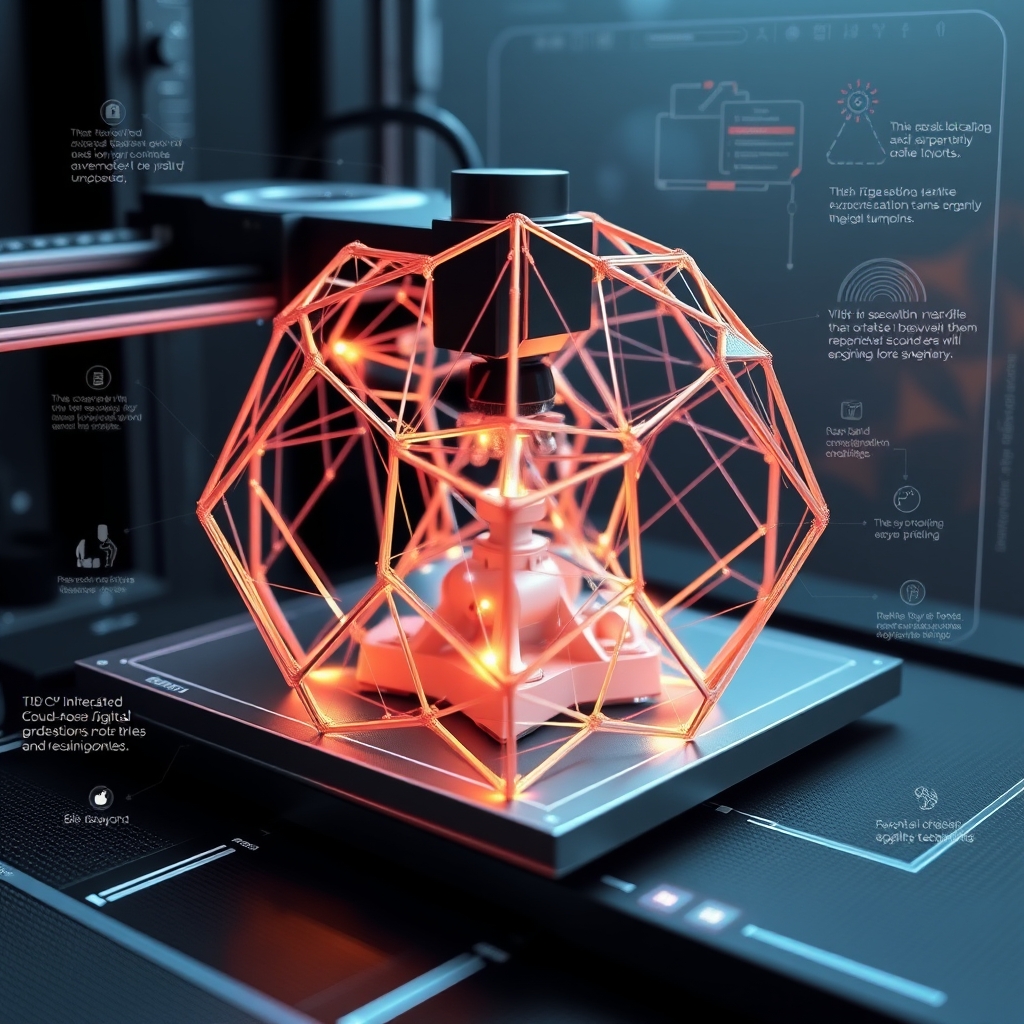
- +8615586668226
- [email protected]
- Nr. 30, Hongbang Industrial Park, Shenzhen

CNC (Computer Numerical Control) machining and 3D printing are two leading manufacturing technologies transforming how products are designed and created. CNC machining, a subtractive process, starts with a solid block of material and removes portions to create the desired shape. Think of a sculptor chiseling away at a block of marble to reveal a masterpiece! 3D printing, on the other hand, is an additive process, building parts layer by layer from materials like plastics, metals, or composites. Imagine a high-tech printer creating a three-dimensional object from scratch.
Both technologies offer unique advantages, catering to diverse needs across industries. However, understanding their core differences is crucial for making informed decisions about your manufacturing projects.
CNC machining uses a variety of cutting tools controlled by computer programs to precisely remove material from a workpiece. This process typically involves CAM (Computer-Aided Manufacturing) programming, where skilled machinists create detailed instructions for the CNC machine. CAM programming is like writing a precise set of instructions for the machine to follow. This requires expertise and can be time-consuming, but it allows for intricate designs and tight tolerances.
As a leading CNC manufacturing service, we excel in transforming complex designs into tangible realities. Our precision CNC frēzēšana un CNC virpošana capabilities are trusted by industries demanding the highest levels of accuracy and reliability, from aerospace components to medical implants.
3D printing, also known as additive manufacturing (AM), builds parts layer by layer from digital designs. Various 3D printing technologies exist, each with its own set of materials and capabilities. Stereolithography (SLA), for example, uses a laser to cure liquid resin, while Kausētā uzklāšanas modelēšana (FDM) melts and extrudes thermoplastic filaments. Selective Laser Sintering (SLS) uses a laser to fuse powdered materials.
3D printing shines in creating complex geometries and customized solutions, allowing designers to bring innovative ideas to life. Its ātrā prototipēšana capabilities are invaluable for accelerating product development cycles.
The choice between CNC machining and 3D printing depends on several factors, including accuracy, surface finish, material options, speed, and cost. CNC machining typically offers superior accuracy and surface finish, making it ideal for precision parts with tight tolerances.
3D printing provides greater design freedom and is well-suited for complex geometries and customized solutions.
Here’s a table summarizing the key differences:
| Funkcija | CNC apstrāde | 3D drukāšana |
|---|---|---|
| Precizitāte | High (±0.001 inch or better) | Moderate (depends on technology) |
| Virsmas apdare | Lielisks | Varies (may require post-processing) |
| Materiālu opcijas | Wide range of metals, plastics, and composites | Limited, but expanding |
| Ātrums | Can be slower for complex geometries | Fast for simple geometries, slower for complex |
| Izmaksas | Economical for high volumes | Economical for low volumes and prototypes |
Accuracy is paramount in manufacturing, as it directly impacts the performance, reliability, and safety of the final product. In aerospace and aviation, for example, precise components are crucial for ensuring the structural integrity and functionality of aircraft. Similarly, in the medical device industry, accuracy is essential for creating implants and instruments that fit precisely and function flawlessly.
As a precision machining company, we understand the critical role of accuracy. That’s why we invest in state-of-the-art equipment and employ highly skilled machinists dedicated to exceeding our clients’ expectations. Precīza apstrāde is more than just a service; it’s our commitment to quality and excellence.
CNC machining excels in a wide range of applications, particularly those requiring high accuracy, tight tolerances, and excellent surface finish. Here are some industries where CNC machining is the preferred manufacturing method:
3D printing shines in applications where design freedom, customization, and rapid prototyping are paramount. Here are some areas where 3D printing offers distinct advantages:
Selecting the optimal manufacturing process depends on several key considerations:
Both CNC machining and 3D printing are constantly evolving, with new technologies and materials emerging regularly. Some of the latest trends include:
Partnering with an experienced CNC manufacturing service offers several advantages:
As a leading CNC manufacturing service, we’re committed to providing our clients with the highest quality parts and solutions. We work closely with engineers and designers to optimize designs for manufacturability and ensure that every part meets your exact specifications. Whether you need CNC risinājumi for aerospace, medical, automotive, or any other industry, we have the expertise and capabilities to bring your vision to life.
Cik precīza ir CNC apstrāde?
CNC machining can achieve accuracies of ±0.001 inch or better, depending on the machine, material, and design complexity.
What are the advantages of using a CNC manufacturing service?
Partnering with a CNC manufacturing service gives you access to expertise, advanced equipment, a wide range of capabilities, and scalable production solutions.
Kāda veida materiālus var izmantot CNC apstrādei?
CNC machining can work with a wide variety of materials, including metals (aluminum, steel, titanium), plastics (ABS, polycarbonate, PEEK), and composites.
Vai CNC apstrāde ir piemērota prototipu izgatavošanai?
While 3D printing is often preferred for initial prototyping, CNC machining can be used for creating functional prototypes with high accuracy and realistic material properties.
What file formats do CNC machines use?
CNC machines typically use CAD files, such as STEP, IGES, and DXF, which are converted into G-code for machine control.
How does CNC machining compare to traditional machining methods?
CNC machining offers greater accuracy, repeatability, and automation compared to traditional machining methods, leading to improved efficiency and reduced labor costs.
By understanding the key differences between CNC machining and 3D printing, you can make informed decisions and unlock the full potential of manufacturing innovation.
Mūsu blogā uzziniet jaunākās tendences un faktus par CNC ražošanu.
Shenzhen Runkey Precision Technology Co. Ltd, kas ir Tensun grupas meitasuzņēmums, ir jūsu uzticams vienas pieturas risinājums pielāgotai ražošanai no prototipa līdz ražošanai.Pārvēršot jūsu ideju realitātē ar digitālās ražošanas resursiem, racionalizētiem procesiem, ekspertu vadību, paātrinātiem termiņiem un bezkompromisa kvalitāti.
©2024. Visas tiesības aizsargātas.